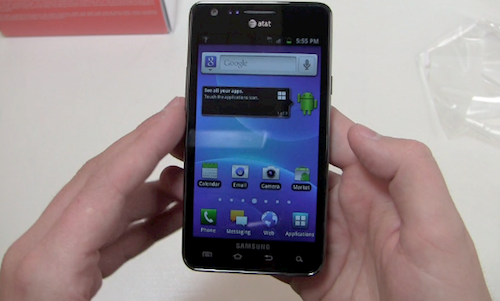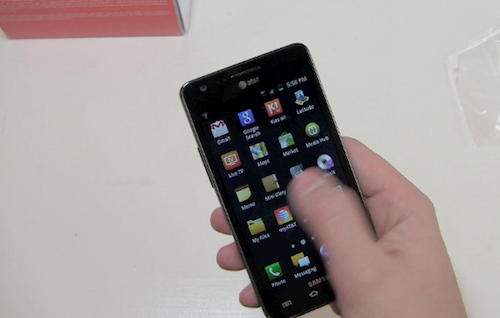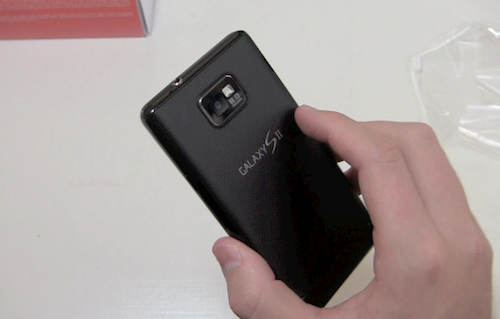
Sprint has been basking in the limelight with their Epic 4G Touch, and now it's AT&T's turn. Coming to the nation's second largest wireless carrier on October 2, their Samsung Galaxy S II is the second variant to launch in subsidized form. It'll be available for $199.99 with a two-year agreement, placing it in that ever-so-competitive price bracket with the iPhone 4, Atrix 4G, and other high-end smartphones.
I'm glad to see it in the States at a subsidized and affordable price (read: NOT $750), but the wireless market moves quickly, and many on AT&T are waiting for LTE-capable devices. Is this the device worth getting? Can it hold its own as a high-end device for more than a few weeks?
I've had a weekend with one, and not only is it the best Android device on AT&T, but it's the first device I'd recommend over the iPhone 4 on Ol' Blue. Here's what I've noticed so far:
- The design is near-identical to the international version, save for an AT&T logo above the display and capacitive buttons in place of the physical one on the international device.

- Galaxy S II's 1.2 GHz dual-core Exynos processor blazes through everything. Seriously. There's no lag whatsoever on it. Whether I opened up several apps at once, played videos, or listened to streaming music, everything has worked flawlessly to date. Quadrant Standard places the Galaxy S II in the 3,200-3,500 range, which is substantially better than any other (non-rooted) Android device on the market. Fast…very fast.
- TouchWiz 4.0 is a night-and-day improvement over the past version that Infuse 4G, Charge, and other last-generation (can you believe that?) Samsung handsets shipped with. It's fast and thought-out, and has grown substantially over the years. And finally, it offers customizable widgets. Yay!
- Perception is everything. When I used the international Galaxy S II, I became accustomed to the 4.3-inch Super AMOLED Plus display. After using the Epic 4G Touch for a few weeks, I'm thinking that I prefer the larger display between the two - if anything, for more screen real estate when browsing the web and watching videos. The 4.3-incher is still a gorgeous display, with vibrant colors that, to my naked eye, look slightly better than the Epic 4G Touch's display (thanks to Samsung keeping the same resolution on both).

- You'll find the stock 8-megapixel camera on the back, complete with 1080p HD video recording capabilities. The still camera does an exceptional job, though the video quality was a bit off. Video quality itself was fine, but the microphone did a poor job canceling wind and other background noise.
- Call quality has been decent so far. I've been in a few AT&T trouble spots in the city, and the phone has performed admirably. No dropped calls in the dead spots, and earpiece volume is nice and loud. Epic 4G Touch tended to get toasty around the earpiece during extended use - I haven't had that problem with the Galaxy S II yet.
- AT&T's Galaxy S II packs a 1,650 mAh battery, which is a slight decrease from the Epic 4G Touch's 1,800 mAh cell. You'd think the larger display would consume a substantial battery life, but I've found overall performance to be better on Sprint's device. Galaxy S II's battery life isn't terrible by any means (particularly by Android standards), but with moderate use encompassing calling, text messaging, downloading some apps, and browsing the web, I had to charge after about 10 hours of use. Like other Samsung phones, the Galaxy S II takes an unusually long time to charge.
It's great to see the Galaxy S II series in the United States, and even better to see it come in several flavors so customers can pick the one that best suits them. Like Sprint, AT&T has a winner on their hands, and while the battery life and charging time may be a point of contention for those switching from the iPhone 4, it's the best Android series on the market at present. It goes up against the iconic flagship Apple device on AT&T, and in many categories, it wins.
More to come! Be sure to check out the unboxing.


